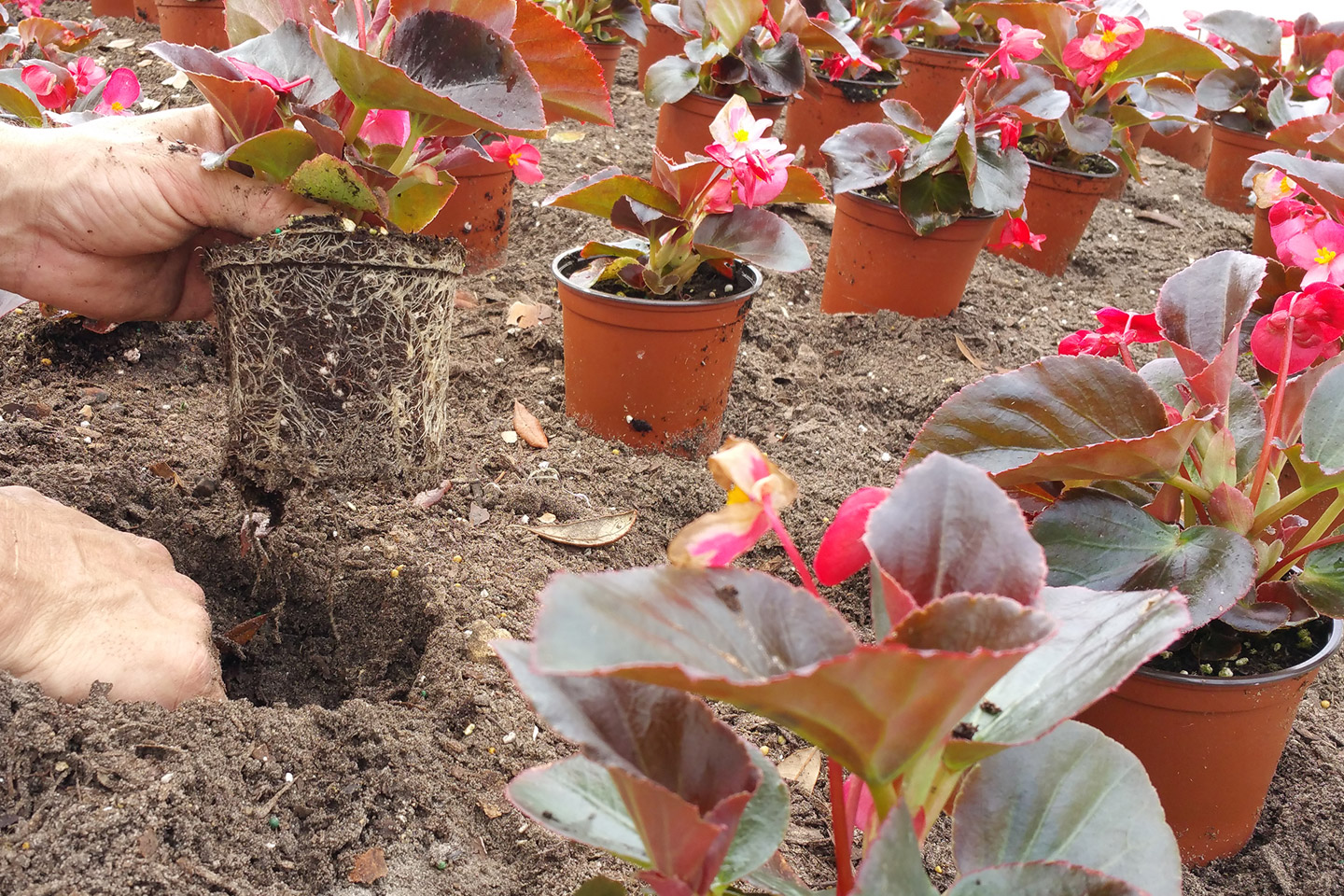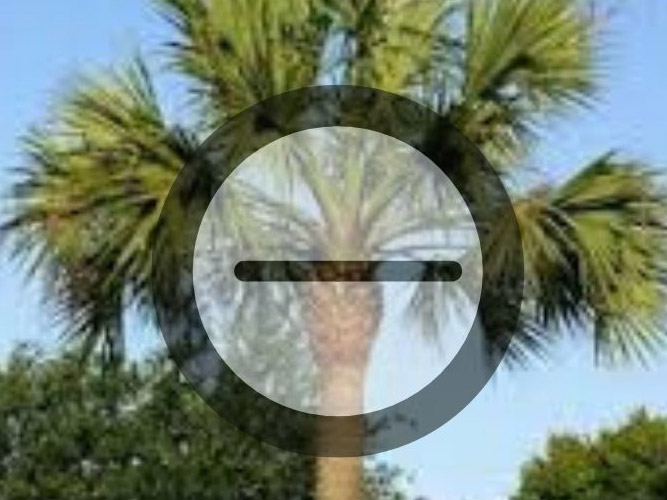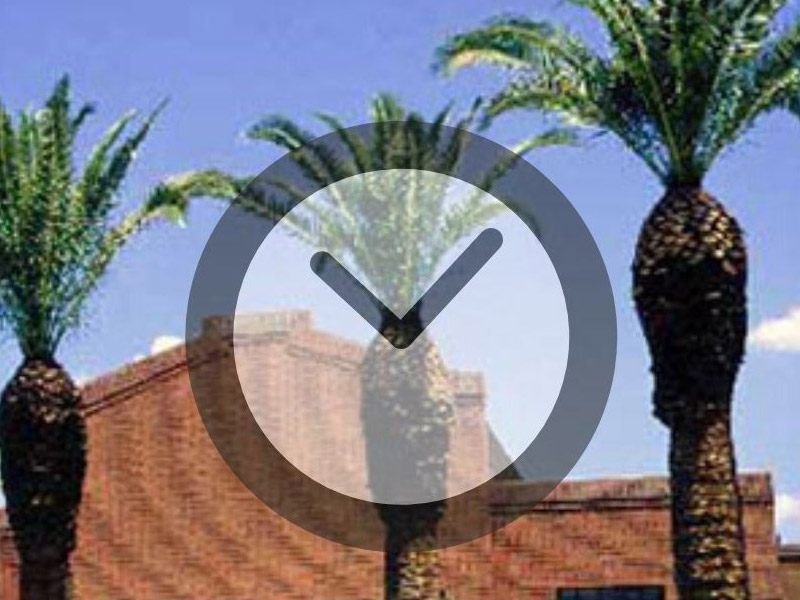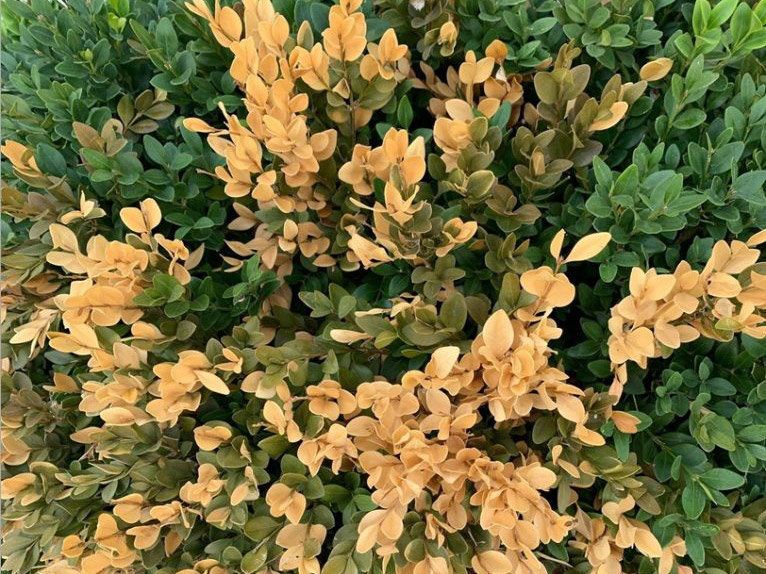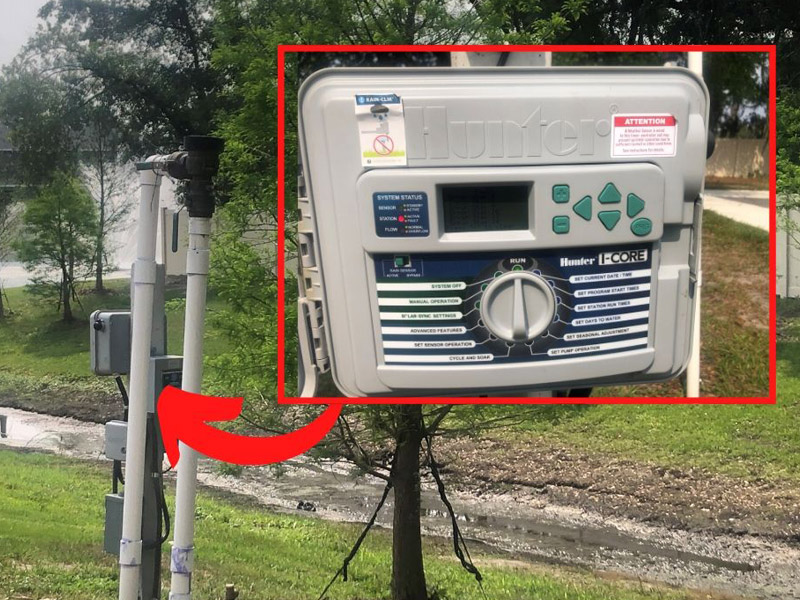Is My Landscape Prepared for a Hurricane? - Sit Down with CEPRA
In life, there are two things we can be certain of - death, and taxes. As Floridians, we have our own version of this saying. In our state, we can be certain of two things that are wild by nature - spring breakers, and hurricanes. As hurricanes are consistently capricious by nature, with years where the hurricanes never hit the coast, while other years showcasing the devastating force of these natural phenomena. It is incredibly important to be prepared for the worst, both inside and outside the home. Here are five topics to consider when preparing your communities for hurricane season. Click on any of the photos below to enlarge.
1. Mature Trees and Shade Trees
Fewer things are more awe-inspiring than a live oak that has been in a community for ages. The sheer size and shade the tree provides adds incredible value to the property. With that, the best way to protect mature trees is by investing in a proper structural pruning with a certified arborist. This pruning involves removing hanging limbs that are dead or disconnected, cross-branches, and sucker growth. This reduces the weak points of the tree, which usually get turned into projectiles in a hurricane. Pruning the trees in this manner is especially important for trees located near walkways, roadways, and buildings. The arborist also prunes the unhealthy limbs that are at the top of the canopy, as these limbs are usually what gets pulled off in high winds and thrown on top of roofs. A good structural prune can last years before the next one is needed.
As we prune the canopies of these trees, it is also important to keep the roots in mind. In hurricane conditions, trees fail not solely due to their canopies being too thick, but because their root systems are not developed enough to support the heavy weight of the canopy. Thick-canopied trees located in saturated soils will most likely not stay upright in heavy winds. That is because roots typically grow as a ball shape, with leaders extending to both stabilize the tree and find new nutrient sources. Young or recently-installed trees, tall and skinny trees, and trees planted in shallow beds such as parking lot islands, typically struggle to withstand strong winds because their root systems are not yet fully developed beyond this ball shape. The roots of trees - and the soil around them - require time to settle into and stabilize. Leaning trees also need additional support, often demonstrated as a brace or staking system, throughout the entire duration of hurricane season. Supporting the trunks and thinning out the canopies are the best plans of action to take to protect your trees before a major storm.
2. Palms
By now, it has been stressed how the once-popular "Hurricane Cut" is not the healthiest cut for your palms. Then, what is? To understand the best, we need to discuss what makes the hurricane cut not ideal. To do this, we use the clock analogy. A hurricane cut requires a prune where the fronds left on the palm hang similarly to a clock whose hour and minute hands are on 10 o'clock and 2 o'clock. Often, this looks like just 2-5 fronds. The reduction of the fronds to achieve this look ends up not only reducing the ability of the palm to photosynthesize and grow at a healthy rate, but it also reduces the palm's ability to shield itself against heavy winds. Thus, the palm's fronds break off more easily in high winds and can become projectiles. The palm struggles to recover from this.
So, what is the ideal cut? As landscape experts, we recommend not pruning the palm unless absolutely necessary. This typically looks like pruning the fronds that hang below the 9 o'clock hand and 3 o'clock hand, going back to our clock analogy. This type of cut allows for the dead fronds to be removed, maintaining the beautiful appearance of the palm, while also maintaining the palm's health. In a hurricane, the extra layers of fronds allow the palm protection against the high winds, thus, preserving its picturesque existence in your landscape.
3. Shrubs
Wind beats plants up. High winds can tear the tissue on leaves, creating openings in the shrub that can damage young, tender leaves that have not yet surfaced. This is one reason why plants are installed in groups or masses. By planting in masses, the shrubs work together to create a fortress against the elements. This level of protection can also be achieved by planting along the wall of a building or a fence. The wall acts as insulation for the plants. In a hurricane, this is an excellent defense system to help protect your plants.
Furthermore, it is common to see brown spots on the leaves of shrubs after an especially windy event. This is due to desiccation, a condition that is characterized by an excessive loss of moisture. As the wind rapidly moves the moisture around a plant's leaves, the roots are not strong enough to keep up with the loss of water that is occurring. Thus, the ends of the leaves turn brown. Remember that this is a temporary ailment, and the shrubs will likely bounce back once the storm has passed and normal conditions return.
4. Containers, Pots, Furniture, and Ornaments
Those pretty hanging pots and bird feeders quickly become loose, flying objects in a hurricane. If the winds of a hurricane can knock over a 50,000-pound oak tree, it can knock over your concrete bird bath. That is why it is important to secure loose objects outside the home well before the storm arrives. Remove all hanging décor, lawn ornaments, and small pots and place them in a safe location, such as inside the garage or in a shed. Bring your patio furniture inside, or secure them to something solid with rope, bungee cord, or chain. Be certain to collect any children's toys that may be left outside, and bring them inside. If a plant or an ornament is too large, lay it on its side. One thing's for sure - it's better for you to put your bird bath on the ground than for the hurricane to do it!
5. Irrigation
It's a safe bet that your plants will be getting plenty of watering during a hurricane. Therefore, it makes sense to shut off the irrigation system, and not have it running during the storm and waste water. However, there is another reason that we recommend turning off your irrigation system before a hurricane. An irrigation main controller is often out in the open, and is often a target for lightning. In the blink of an eye, this lightning damage can completely destroy your expensive irrigation system. That is why we recommend unplugging and disconnecting the irrigation timer and the pump. Your landscape professional should be able to take care of this.
After the storm
Hurricane clean-up can be very dangerous work. A chain saw in the hands of an untrained worker is unsafe and a liability. When working with large, mature trees, it is always best to hire a professional.
Three days before a storm arrives is too late to plan for cleanup. Reach out to your landscape maintenance contractor today and find out what services they can provide and associated costs. By pricing the clean-up services in advance, this will put you ahead of the curve. Your landscape contractor may require a preauthorization for work so that your property can be prioritized, and the clean-up can begin once the storm passes. Research what, if any, special documentation that may be required to satisfy any claims submitted to your insurance company. Take pictures and document specific services performed, including the hours required to clean up the storm damage, should you need it to support your claim.
After the storm passes, the means of communication could be damaged. Make sure that your maintenance contractor has your up-to-date contact information, including back up numbers and email addresses. Have your landscape contractor provide you with their contact information and back up resources as well.
You can never be too cautious when preparing for a hurricane. We hope these tips offer a quick checklist to help your community prepare on the outside as well as the inside.
